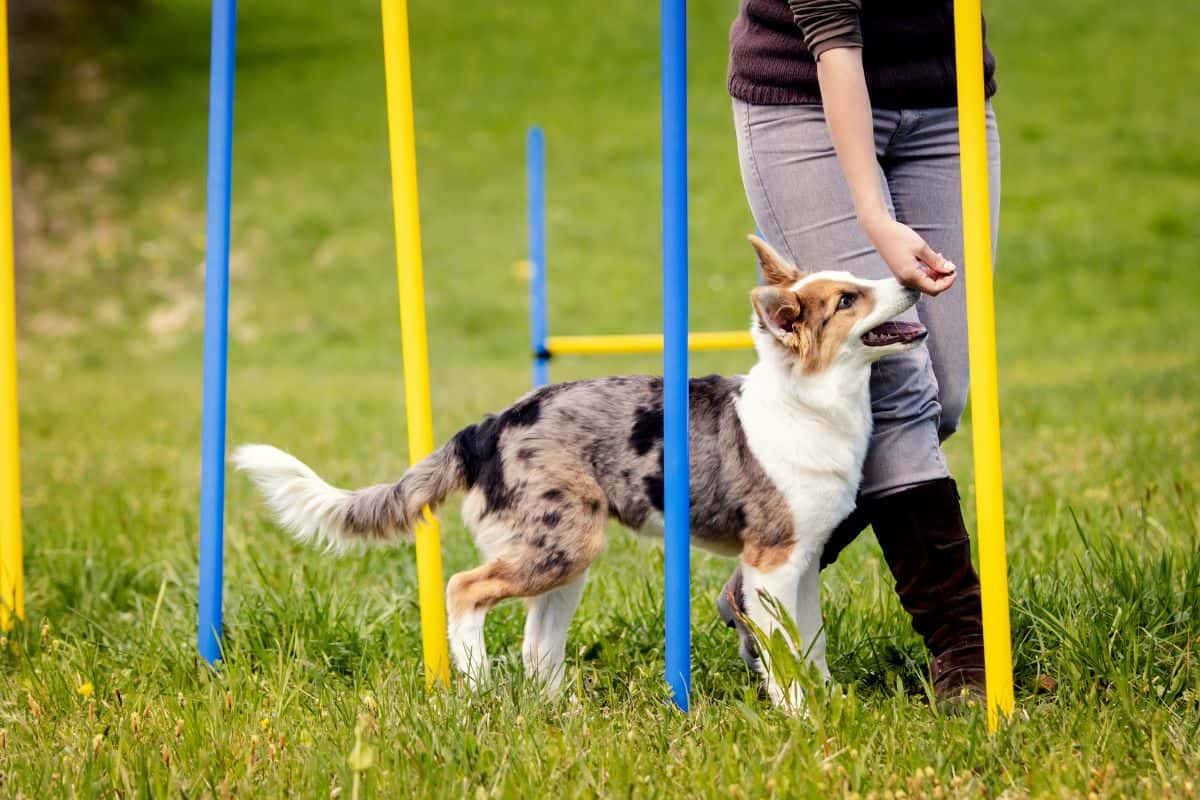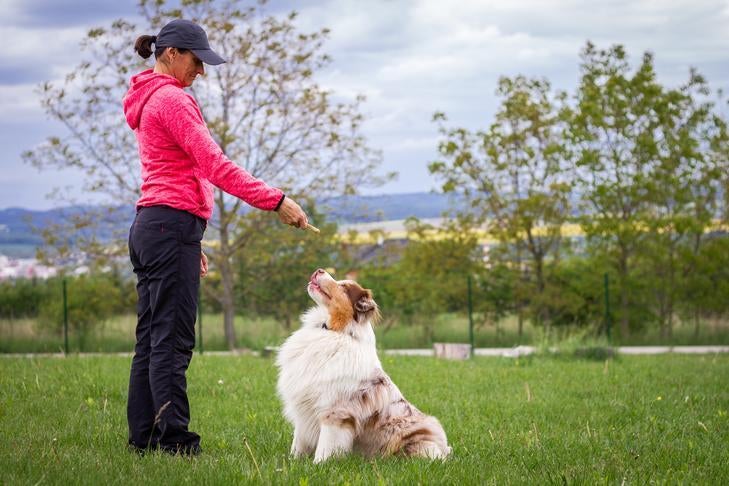The Advantages of Early Dog Training for a Mannerly Pet
Necessary Tips for Effective Dog Training: An Overview for Pet Dog Owners
Effective dog training is a multifaceted process that requires a tactical technique customized to both the pet dog's personality and the proprietor's purposes. Trick parts such as developing constant commands, using positive reinforcement, and helping with early socialization play important roles in fostering a well-adjusted canine companion. Many pet dog owners run into obstacles that can impede progress, leading to frustration and uncertainty. Comprehending just how to browse these challenges can significantly enhance the training experience, eventually changing the connection between proprietor and canine. What are the important techniques that can be utilized to guarantee success in this endeavor?
Understanding Dog Actions
Comprehending canine habits is vital for efficient training and fostering a harmonious relationship between pooches and their proprietors. dog training. Dogs connect mainly with body language, articulations, and actions, making it essential for proprietors to translate these signals precisely.

Socialization plays a substantial function in pet actions; exposure to numerous atmospheres, people, and other pets can substantially affect a canine's temperament. Moreover, factors such as type attributes and individual character should direct training approaches, as some types may have details behavioral qualities that require tailored techniques. By understanding these elements, proprietors can develop an encouraging setting that encourages favorable habits, leading to effective training outcomes and a much deeper bond with their pet dogs.
Establishing Constant Commands
Effective communication with your canine begins with establishing constant commands. This foundational aspect of training is vital for fostering understanding between you and your pet. Uniformity in the commands you make use of guarantees that your dog can reliably associate certain words or phrases with the desired habits.
When picking commands, pick clear, distinctive words that are easy to differentiate and claim from each other. Stay clear of making use of similar-sounding commands that might perplex your pet dog. Making use of "sit" and "remain" is appropriate, yet "sit" and "hit" might lead to misunderstandings.
In addition, keep the exact same tone and quantity for each command. Canines are delicate to singing cues, so varying your tone can create complication.
It is similarly vital to make certain that all relative get on the same page relating to the commands made use of. A united front in command use will certainly prevent mixed signals and enhance the knowing process.
Positive Support Techniques
The power of favorable reinforcement in pet dog training hinges on its ability to encourage desired behaviors through benefits and appreciation. This strategy is grounded in the concept that habits adhered to by positive outcomes are extra most likely to be duplicated. By including positive support right into your training regimen, you can successfully shape your dog's habits in a useful way.
To article execute positive support, it's necessary to identify what encourages your pet, whether it be treats, toys, or spoken praise. When your pet dog carries out a wanted action, such as remaining on command, right away reward them with a reward or love. This organization between the command and the favorable result enhances their understanding.
It's crucial to timing the rewards properly; supplying the support content within seconds of the wanted habits aids your canine make the connection (dog training). Additionally, consistency is key-- make sure that all family participants utilize the same commands and benefit systems to stay clear of complication

Progressively, you can reduce the regularity of deals with as your dog finds out the behavior, transitioning to commend or intermittent benefits. This approach not only promotes a solid bond between you and your dog but likewise promotes a favorable understanding setting, making training an enjoyable experience for both.
Socialization and Communication
Constantly revealing your pet dog to a range of environments, individuals, and various other animals is vital for their social development. Socializing ought to begin early, ideally during the important window of 3 to 14 weeks, when young puppies are most responsive to brand-new experiences. However, older pets can also profit from ongoing socialization efforts.
Introduce your pet to different setups, such as parks, pet-friendly shops, and metropolitan areas. This exposure aids them adjust to various stimulations, decreasing anxiety and concern feedbacks. Motivate positive interactions with various other dogs and people, ensuring that these encounters are regulated and secure to promote confidence.
Utilize organized playdates with courteous canines, as this can enhance your canine's social abilities and instruct them proper habits. Obedience courses and training sessions also give exceptional opportunities for socialization, enabling your canine to communicate with others in a monitored environment.
Display your dog's body language during interactions, as this will help you gauge their convenience degree. Progressively enhance exposure to even more tough circumstances while guaranteeing that each experience is favorable. A well-socialized pet is most likely to exhibit balanced habits, look at here making them a delight to have in any type of setup.
Attending To Usual Training Challenges
Every dog owner will run into training challenges at some time, despite their pet dog's age or socializing degree. Determining usual issues such as stubbornness, disturbances, and fearfulness can aid in establishing efficient techniques for renovation.

Slowly introduce diversions as the dog becomes more competent in commands. Short, frequent training sessions are also reliable in maintaining attention.
Terror can impede a dog's knowing process. Steady desensitization to the resource of anxiety, paired with favorable reinforcement, can assist alleviate anxiety. Perseverance is crucial; never ever compel a pet right into a scenario that triggers distress, as this might aggravate the concern.
Ultimately, understanding and resolving these typical challenges with an organized strategy will promote a more productive training experience, enhancing the bond in between pet dog and owner while advertising reliable understanding.
Verdict
In summary, effective pet training depends on a comprehensive understanding of canine actions, the establishment of constant commands, and the application of favorable support methods. Socializing plays an essential duty in establishing well-adjusted animals, while dealing with typical training difficulties calls for patience and versatility. By implementing these vital strategies, animal proprietors can cultivate a strong bond with their canines and promote preferable behaviors, ultimately resulting in a harmonious relationship between people and their canine buddies.
Comprehending canine behavior is essential for reliable training and cultivating an unified relationship between dogs and their proprietors.Socializing plays a considerable function in pet dog behavior; direct exposure to various environments, individuals, and other animals can significantly impact a pet's personality.The power of positive support in pet training lies in its capacity to urge desired habits with rewards and appreciation. By incorporating positive reinforcement right into your training regimen, you can effectively shape your canine's actions in a constructive fashion.
In recap, successful pet training relies on a detailed understanding of canine actions, the establishment of constant commands, and the application of favorable support strategies.